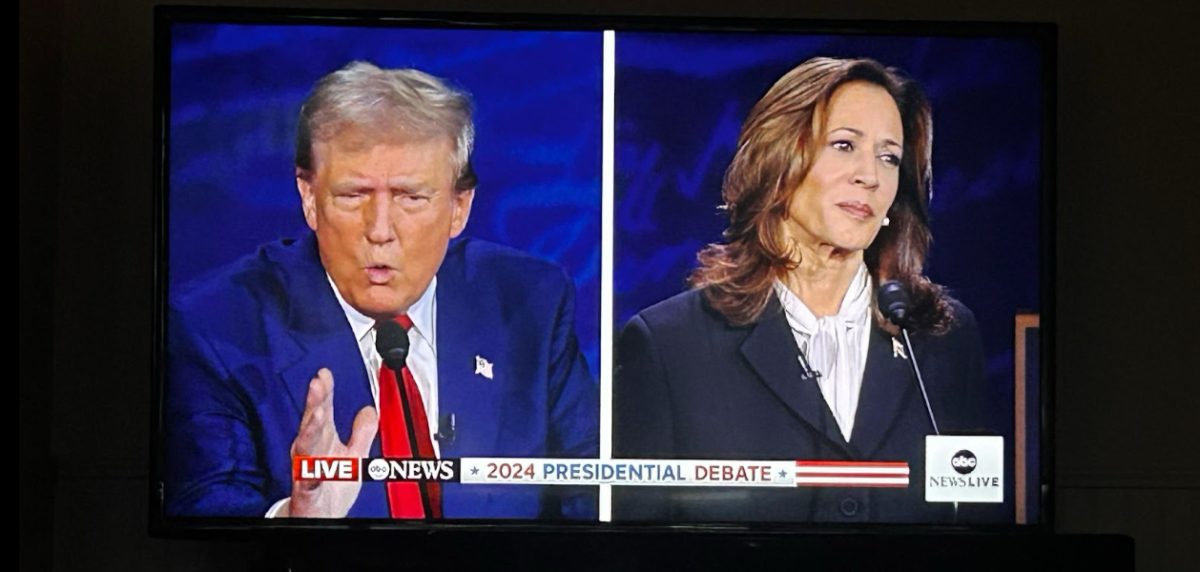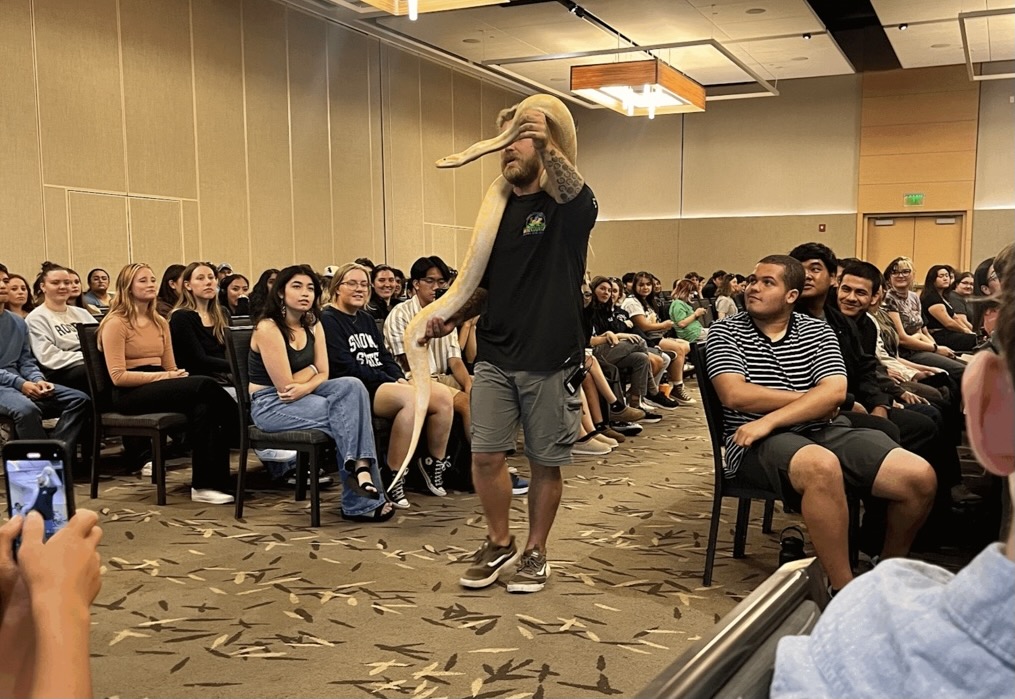The Green Music Center and Sonoma State University’s Dance Program co-hosted a free virtual event, “Lessons Learned: Artists’ Stories About Technology and Human Connection,” over Zoom last Thursday. The free event began at 7 p.m. and welcomed a panel of four artists to join in a conversation processing what has changed over the last year, both in life and art, as a result of the COVID-19 pandemic.
The event was led by SSU Associate Professor and Chair of the Theater & Dance department, Christine Cali, who was joined by choreographer Liz Lerman, Daiane Lopes da Silva and Weidong Yang from the dance and technology organization, Kinetech Arts, and musician and film designer Matt Langois.
In the last year and a half, everyone across the globe experienced a collective shift in daily life, impacting how we connect as humans and leaving us all struggling to navigate a new and unfamiliar period of isolation.
Da Silva shared her story of struggling as a dancer who is used to working closely among others, and how to find ways to create art with other individuals. The isolation prompted her to think differently about what it means to connect remotely with someone else and what choreography can look like despite all the new challenges. “Finding the presence and the trust that you have that connection with people even though you are not in the same space,” said De Silva.
Lerman shared a similar sentiment as she explained that she has found new ways to not only connect with other artists, but to also connect with her students on a deeper and more personal level. “I have found, during this period of time, that, actually, my scale is very small. The nature of the way I’m making a community is much closer to one on one… In a way, time doesn’t exist, days, months, weeks, weekends, night, day, it’s kind of all the same and I find myself in many intense conversations with my students one-on-one at different times than I probably wouldn’t do under other circumstances.”
For Langois, a musician who is used to traveling and performing, isolation provided a new and unexpected outlet for creativity.
“I think the biggest thing that changed… I internalized all this creative energy and it kind of pushed me over a creative ledge, in a good way. You have to deal with, instead of all this energy going out, all this energy has to go somewhere because it still exists and it kind of turned inward on me and created a bit of an avalanche of creative things that I probably would ever come across if we weren’t in lockdown,” said Langois.
The last year has presented new challenges that none of us ever dreamed would happen in our lifetimes. A global pandemic erupted, international travel was shut down, thousands of lives were lost, and the world went into lockdown in what felt like the blink of an eye.
“It just reminds us that we as human beings are really good at thinking incrementally. Like today we get one, tomorrow we get two, the day after we get three, we’re really bad about thinking in incremental change,” Yang said, and continued… “And that’s also a reminder to us that a lot of the time when we do our artist practices, we keep doing the same thing in the same environment over and over again. But when this kind of extreme situation happens, it’s really put us out of our comfort zone and in a way, it takes away a lot of tools that we had but on the other hand, it’s forced us to explore the space we never thought to explore before.”


































